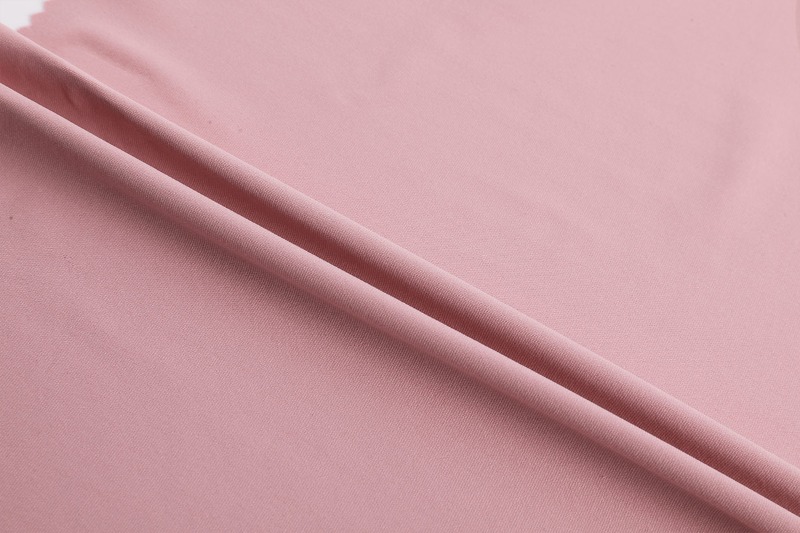In the current wave of sustainable fashion, the production process of fabrics has taken center stage. Warp knitted fabric, in particular, is leading the trend of environmental protection with its unique structure and performance.
Energy saving potential of production processes
The production process of warp knitted fabric has significant energy-saving advantages compared to traditional plain weave fabric. According to research in the textile industry, using warp knitting machines can reduce energy consumption by 30% during the weaving process. All this is due to the high efficiency of warp knitting technology - it uses less raw material and completes weaving at a faster speed. This not only reduces production costs but also reduces environmental impact, especially as there is a growing global push to reduce carbon footprints.
Material sustainability
The raw material selection of warp knitted fabric also affects its sustainability. In recent years, more and more manufacturers have begun using recycled fibers such as recycled polyester and organic cotton. These materials not only reduce the need for new resources but also reduce the waste generated during production. According to data from the International Textile Organization (ITMF), warp knitted fabric produced using renewable materials reduces its environmental impact by approximately 40% during its life cycle. This change allows consumers to contribute to environmental protection while pursuing fashion.

Waste management during production
Waste management is also an important aspect of sustainability during the production of warp knitted fabric. Many modern weaving factories adopt advanced technologies to recycle and reuse waste materials generated during the production process. For example, some businesses have significantly reduced waste generation by turning scraps into new textiles or other products. In addition, with the advancement of technology, more and more companies are beginning to use digital tools to optimize production processes and further reduce material waste.
The production process of warp knitted fabric shows great potential in terms of sustainability. From energy-efficient production to the use of renewable materials to efficient waste management, these factors combine to create a greener fashion industry. As consumers become more aware of environmental protection, choosing warp knitted fabric is not only a pursuit of fashion, but also a responsibility to the earth. Let’s speak out for sustainable fashion, support brands that pay attention to environmental protection in their production processes, and push the entire industry towards a better future.




 简体中文
简体中文
